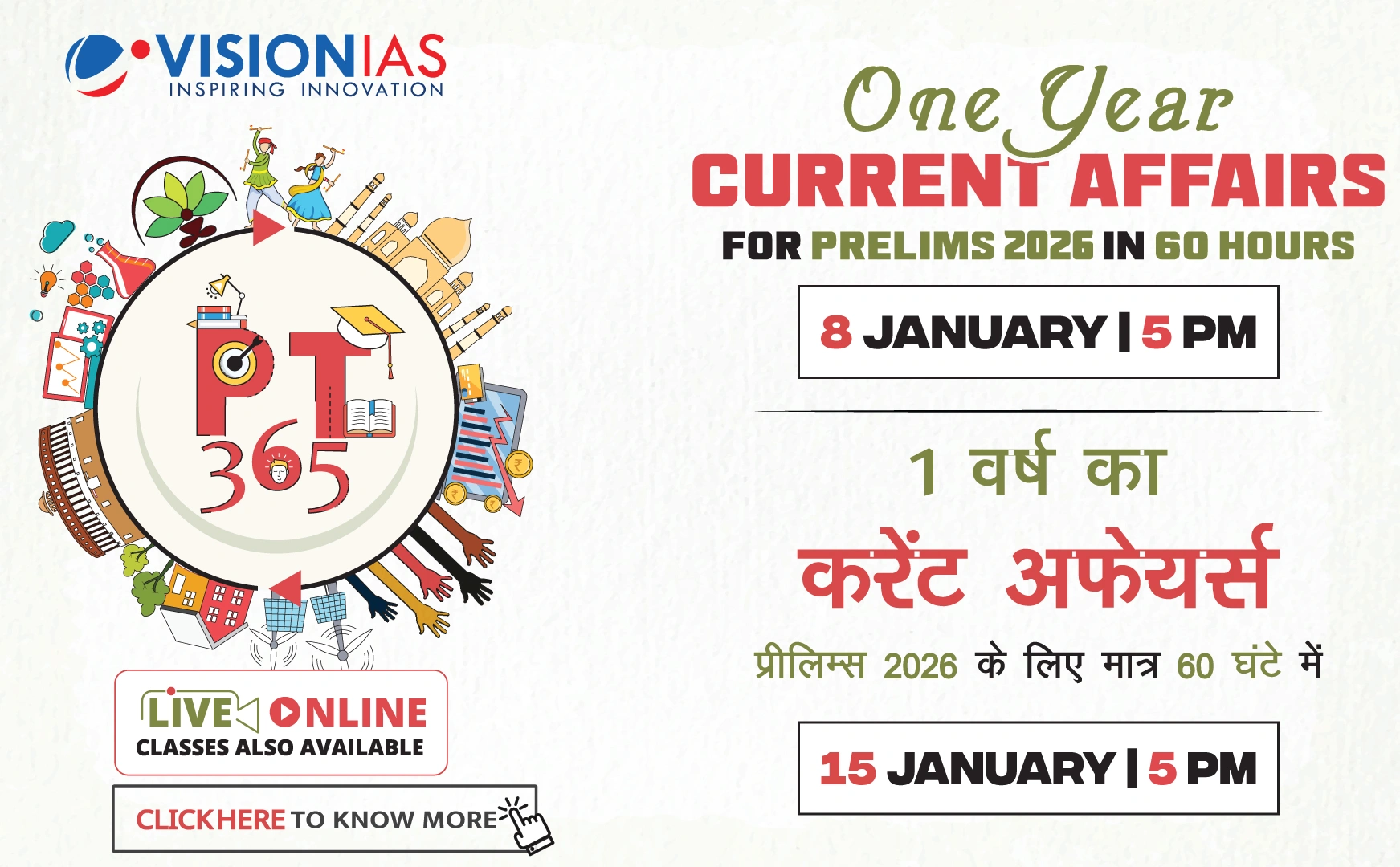Bilateral Trade Agreement (BTA) Between India and the US
Prime Minister Narendra Modi and US President Donald Trump have agreed to initiate negotiations for a bilateral trade agreement (BTA), which is essentially a free trade agreement (FTA). This agreement is akin to India’s Comprehensive Economic Partnership Agreement (CEPA) with Japan and its Economic Cooperation and Trade Agreement (ECTA) with Australia.
Terms of Reference (ToRs) and Challenges
- Ambition Levels: The ToRs define the ambition levels for the agreement. For instance, in the India-European Union FTA, the aim is to eliminate tariffs on goods covering 90% of trade value. The ToRs for the US FTA are not yet public.
- US Tariffs: The US, lacking a Fast Track Authority, finds it challenging to reduce tariffs, meaning Indian exports may still face existing import duties and a 10% base tariff, while the US may pressure India to cut tariffs on agricultural products and automobiles.
US Dominance in Perception Battle
- Despite India's concessions, the US often portrays India's tariffs and regulations as the cause of its trade deficit, demanding India purchase more American goods, including oil and weapons, and alter regulations affecting US tech firms.
- India pays more to the US than it receives, as the economic balance favors the US. This includes profits from US arms sales, and revenues from American banks and tech giants operating in India.
Unilateral Concessions by India
India has reduced import duties on various products and removed a digital tax on revenue from Indian users, benefiting companies like Google, Meta, and Amazon. It is also amending its nuclear liability law for US companies and may soon allow Starlink's satellite internet service in India.
US Demands
- Revising India's minimum support price (MSP) system and public stockholding program, and permitting imports of genetically modified foods.
- Allowing "evergreening" of drug patents, and facilitating direct sales by Amazon and Walmart to Indian consumers.
- Changes to rules on used capital goods and ethanol imports, and the removal of "Make in India" procurement policies.
India's Negotiation Strategy
- India should aim for a limited "zero-for-zero" goods-only FTA, eliminating tariffs on 90% of industrial goods reciprocally while excluding sensitive sectors like agriculture.
- Such a deal would protect India from altering domestic policies and focus solely on tariffs.
The $500 Billion Trade Target
The goal of doubling trade to $500 billion by 2030 has been cited for over a decade and may not hold substantial meaning. India should consider a limited FTA to safeguard national interests amidst global uncertainties.



